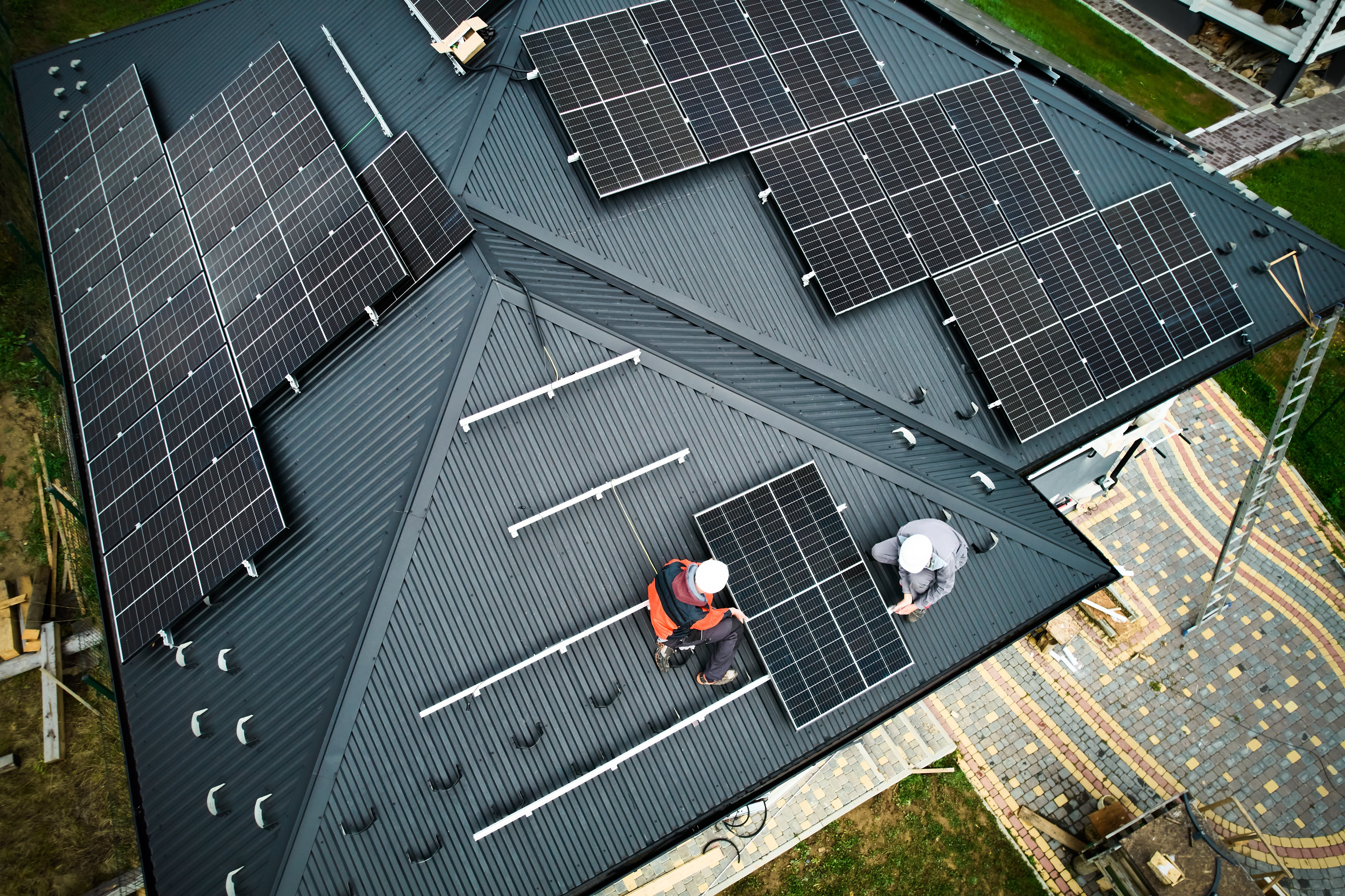Residential Solar Installation Explained: What Homeowners Should Expect From Start to Finish

Residential solar energy systems account for over 90% of all solar installations across New Zealand, as per the latest data from the Electricity Authority. The installations reached a record high in November 2023, when approximately 1,300 new home connections were established. Despite a decline since then, more homes are going solar. (1)
And yet, experts say that the country isn’t adopting solar energy fast enough. A recent report by the Climate Change Commission states that, while on track to meet the first emissions budget, its efforts won’t be sufficient to meet succeeding ones. It’s also at “significant risk” of falling short of its net-zero target by 2050. (2)
Every household that goes partially or wholly solar lowers fossil fuel reliance. If you’re ready to join the growing ranks of solar-ready households, here’s all you need to know about the whole solar installation process.
Ensuring Grid Compliance
Installing a solar photovoltaic (PV) system essentially turns a home into, for lack of a better term, a power plant. If it doesn’t store power in a solar battery, it’ll instead deliver the power to the grid. A poorly designed system risks overloading power lines by delivering excessive solar energy.
Because of this, local line companies need to check every new installation for compliance. Schedule 6.1, under Part 6 of the Electricity Industry Participation Code 2010, outlines the process for applying for approval, though it mainly involves detailing the technical specs.
Solar power systems that’ll be exporting more than 10 MW to the grid require additional approval from the Electricity Authority. Also, even if solar installations typically don’t need council consent, it’s advisable to check with them before proceeding.
This step can take up to a week to complete, so you may have to wait a while.
Solar Installation Proper
Once our team receives the approval, the actual installation can finally begin. The duration depends on factors such as the system’s size, but we strive to complete the project within four weeks of getting the approval.
A solar photovoltaic array consists of four major components.
- Solar panels: These are the workhorses of the system, turning incoming sunlight into solar energy. They come in either 60-cell or 72-cell configurations.
- Racking/mount: The racking is responsible for holding the solar panels at the right angle. They come as either roof or ground-mounted systems.
- Inverter: As solar panels output DC power, this device converts it to AC power that today’s appliances and electronics use.
- Input-output metre: A new metre is necessary to gauge how much solar power the system is pumping into the grid (more on this later).
The installation must be done by a registered electrician as a certificate of compliance is required to be issued. Connecting the solar power system to the local grid requires extensive rewiring, which should never be undertaken without the necessary skills and safety equipment.
System Audit

After installation, you may not be able to use your brand-new solar system right away. Our team will schedule an audit with a third-party solar inspection service to make sure the installation was done correctly. The last thing you want is for your system to fail or, worse, spontaneously combust.
The audit can take an hour to complete. The inspector will communicate with our team if any issues arise with the installation, which we’ll address as soon as possible. You don’t have to do anything apart from consenting to the inspector’s audit.
Import/Export Metre Installation
The final step is to have the energy company install an import/export metre (also known as an input/output metre). This device monitors the amount of energy a home draws from the grid and the amount of solar energy it sends back to the grid. Even with a solar system, the average household will likely still rely on grid power under normal circumstances.
The metre helps energy companies calculate the rebate a household can receive for selling solar electricity. The buy-back rate varies by energy company, but Powerswitch estimates that it ranges from 8 to 21¢ per kilowatt-hour (kWh) as of June 2025. Some offer plans that allow customers to receive as much as 40¢ per kWh on certain days and times. (4)
The process for installing an import/export metre can take up to a month, after which your solar system can finally start reducing electricity costs.
More Savings Come to Those Who Wait
Between applying for grid compliance and installing an import/export metre, setting up a residential solar system can take a few months. Nevertheless, the wait will be worth it in the form of lower energy bills through cuts and rebates.
References:
1. “Installed distributed generation trends", Source: https://www.eeca.govt.nz/insights/energy-in-new-zealand/renewable-energy/solar/
2. “Monitoring report: Emissions reduction (2025)", Source: https://www.climatecommission.govt.nz/our-work/monitoring/emissions-reduction-monitoring/erm-2025
3. “Certification requirements for photovoltaic (PV) systems", Source: https://www.worksafe.govt.nz/about-us/news-and-media/certification-requirements-for-photovoltaic-pv-systems/
4. “Solar buy-back rates", Source: https://www.powerswitch.org.nz/solar-rates







